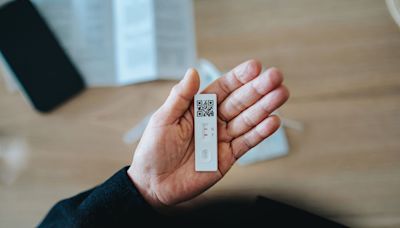Search results
Mar 15, 2024 · COVID-19 is caused by infection with a coronavirus named SARS-CoV-2, and flu is caused by infection with influenza viruses. You cannot tell the difference between flu and COVID-19 by symptoms alone because some of the symptoms are the same. Some PCR tests can differentiate between flu and COVID-19 at the same time.
Nov 10, 2023 · Common symptoms of the new COVID-19 variants include a runny nose, sore throat, and other symptoms similar to a cold. But people aged 65 and older and those with weak immune systems are more ...
- 46 sec
- Alexandra Benisek
Other articles from webmd.com
Mar 27, 2024 · Critical COVID-19 illness means the lung and breathing system, called the respiratory system, has failed and there is damage throughout the body. Rarely, people who catch the coronavirus can develop a group of symptoms linked to inflamed organs or tissues. The illness is called multisystem inflammatory syndrome.
Mar 1, 2024 · The most common Covid symptoms haven’t changed much since the start of the pandemic, and they remain consistent for the latest dominant variant, JN.1, said Dr. Soniya Gandhi, the associate chief ...
Apr 4, 2024 · COVID-19 symptoms typically occur 2–14 days after exposure to the virus, most commonly after 5–6 days. Most people will experience mild-to-moderate symptoms during this period.
- Aaron Kandola
Muscle or body aches. Sore throat. New loss of taste or smell. Diarrhea. Headache. Fatigue. Nausea or vomiting. Congestion or runny nose. Some of these symptoms are very common and can occur due to many conditions other than COVID-19, the disease caused by the coronavirus called SARS CoV-2.
Jan 12, 2024 · fever. cough. sore throat, muscle pain, or headache. nausea or vomiting. diarrhea. If you’re experiencing symptoms in this order, it is a good idea to get tested for COVID-19 so you can self ...




